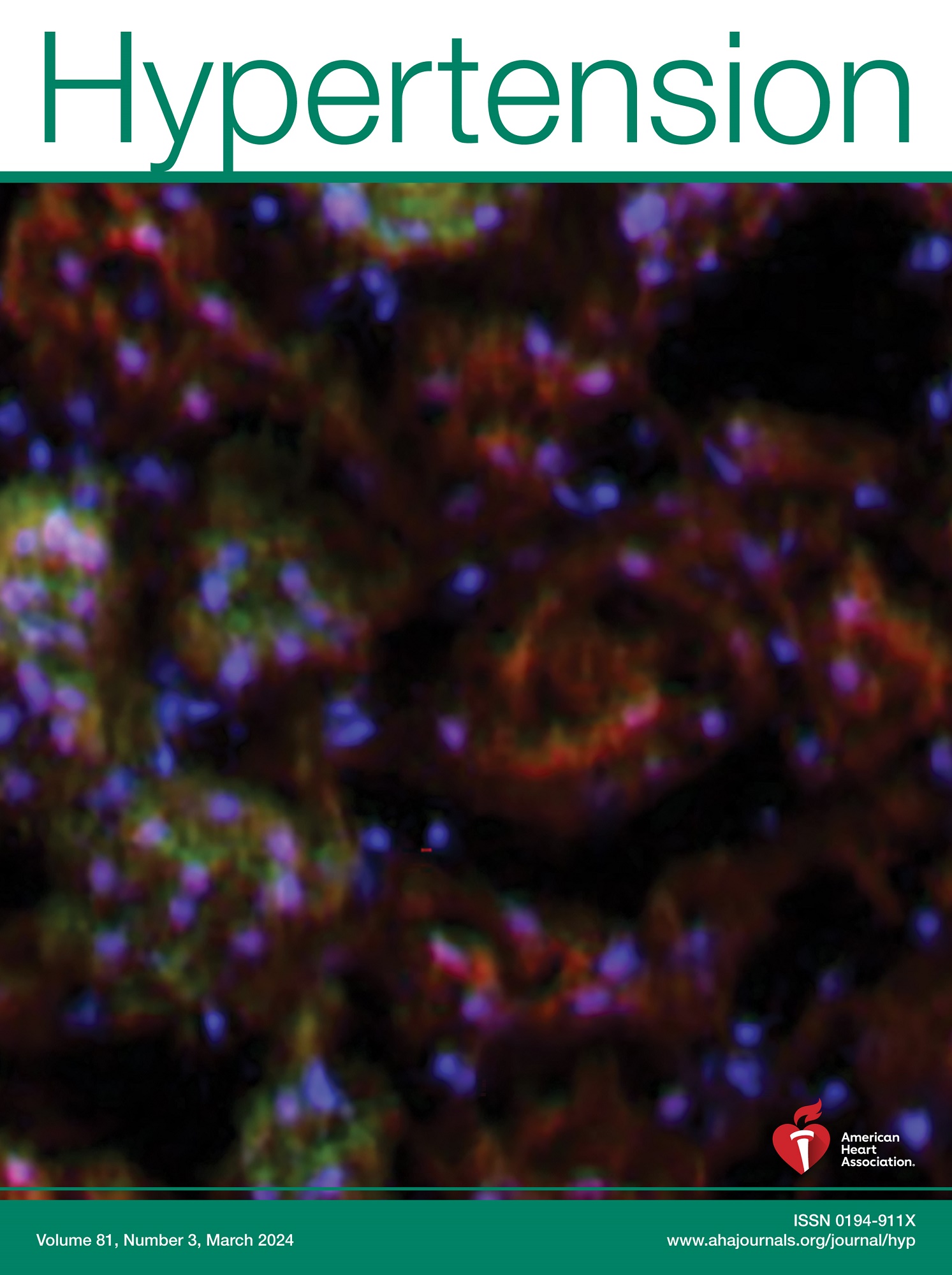在墨西哥实施泛美卫生组织区域钠目标的预期影响。
IF 8.2
1区 医学
Q1 PERIPHERAL VASCULAR DISEASE
引用次数: 0
摘要
背景:过量的钠摄入会增加患心血管疾病的风险。墨西哥实施了自愿减少钠摄入量的措施,但这些措施不足以实现到2025年减少钠摄入量的全球目标。我们的目的是模拟在墨西哥实施泛美卫生组织在加工和超加工食品中钠指标的预期影响。方法使用2016年墨西哥国家健康与营养调查的24小时膳食召回数据估计钠摄入量。干预措施包括在16个食物组中实施泛美卫生组织钠指标,这些食物组分为75个亚组。我们使用年龄和高血压状态的线性函数来估计收缩压的潜在降低,并使用潜在影响分数的非参数版本来估计心血管疾病、慢性肾脏疾病和胃癌的死亡和发病率的潜在降低。结果实施泛美卫生组织钠目标可使总钠摄入量降低25%,导致收缩压降低1.2 mm Hg(高血压患者降低2.1 mm Hg)。每年,这一干预措施可以预防5.3%的心血管疾病、慢性肾病和胃癌死亡(2019年为12 866例)和3.9%的发病率(2019年为43 940例)。结论实施泛美卫生组织钠目标有望减少钠消耗并改善心血管相关结局。在现实生活环境中,检验这一前提的干预措施应考虑实施和维持的障碍和促进因素,考虑消费者偏好和食物含量的波动。本文章由计算机程序翻译,如有差异,请以英文原文为准。
Expected Impact of Implementing the PAHO Regional Sodium Targets in Mexico.
BACKGROUND
Excessive sodium intake increases the risk of cardiovascular disease. Mexico has implemented voluntary measures to reduce sodium intake, but they are insufficient to meet the global target of sodium intake reduction by 2025. We aimed to simulate the expected impact of implementing the Pan American Health Organization Sodium Targets in processed and ultra-processed foods in Mexico.
METHODS
Sodium consumption was estimated using 24-hour dietary recall data from the 2016 Mexican National Health and Nutrition Survey. The intervention consisted of implementing Pan American Health Organization Sodium Targets in 16 food groups divided into 75 subgroups. We estimated the potential decrease in systolic blood pressure using a linear function by age and hypertension status, and the potential decrease in deaths and incident cases of cardiovascular disease, chronic kidney disease, and stomach cancer using a nonparametric version of the potential impact fraction.
RESULTS
Implementing the Pan American Health Organization Sodium Targets could reduce overall sodium consumption by 25%, leading to a 1.2 mm Hg reduction in systolic blood pressure (2.1 mm Hg in people with hypertension). Annually, this intervention could prevent 5.3% of deaths (12 866 in 2019) and 3.9% of incident cases (43 940 in 2019) of cardiovascular disease, chronic kidney disease and stomach cancer.
CONCLUSIONS
Implementing the Pan American Health Organization Sodium Targets is expected to reduce sodium consumption and improve cardiovascular-related outcomes. Interventions in real-life settings, testing this premise should consider barriers and facilitators for implementation and maintenance, considering consumer preferences and fluctuations in food content.
求助全文
通过发布文献求助,成功后即可免费获取论文全文。
去求助
来源期刊

Hypertension
医学-外周血管病
CiteScore
15.90
自引率
4.80%
发文量
1006
审稿时长
1 months
期刊介绍:
Hypertension presents top-tier articles on high blood pressure in each monthly release. These articles delve into basic science, clinical treatment, and prevention of hypertension and associated cardiovascular, metabolic, and renal conditions. Renowned for their lasting significance, these papers contribute to advancing our understanding and management of hypertension-related issues.
 求助内容:
求助内容: 应助结果提醒方式:
应助结果提醒方式:


